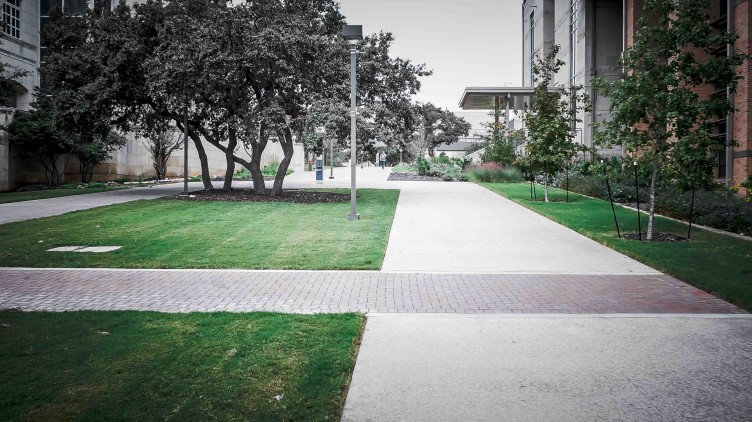Loneliness among college students has been a growing concern, highlighted more than ever by a 2022 survey. It showed alarming trends: 53% of students reported feelings of loneliness, 47% felt a sense of isolation, and over 60% admitted to feeling overwhelmed by their circumstances. These stats represent a stark increase from the data in 2020 and are a clarion call for institutions to intervene.
I was recently featured in an article in Business Insider, and I thought the topic deserved more attention.
While education is the cornerstone of universities, they also play a pivotal role in the overall well-being and personal development of students. A significant part of this developmental phase is fostering connections, building relationships, and cultivating a sense of belonging. This is where the importance of placemaking to create vibrant, interactive spaces within campuses becomes evident.

Placemaking: More Than Just Design
Placemaking isn’t just about physical spaces. It’s a holistic approach to community and environment, creating spaces that not only exist but live and breathe with the community. Especially post-COVID, it’s crucial that students are presented with spaces that not only facilitate learning but also foster friendships, collaborations, and provide mental respite.
I’m currently collaborating with a major university in Texas to redefine and rejuvenate their campus environments. While the university boasts impressive facilities, many of its areas are dominated by the brutalist architecture style—characterized by vast swathes of concrete. Such designs, while historically significant, don’t always encourage sociability or comfort.
Breathing Life into Existing Spaces
One of the challenges we’re addressing in our campus placemaking is how to transform stark areas into welcoming, engaging spaces. Large open spaces, including quadrangles or commons, often hold unrealized potential. By tapping into the spirit of what these spaces could offer – and enriching them with design and programming tweaks – we can redefine the university experience.
As a part of our efforts, we’re taking measures like converting through-streets to pedestrian zones and introducing dynamic gathering points rich with amenities. We’re even developing programs specifically designed to help students form friendships. These initiatives, while in their early stages, promise to bring about a sea change in how students perceive and utilize campus spaces.

Beyond Campuses: A Broader Vision
The ethos of placemaking isn’t restricted to educational institutions. Urban areas, mixed-use developments, innovation districts all stand to benefit from well-thought-out design principles. Spaces that foster “collisions”—serendipitous interactions—are where innovation thrives. These interactions lead to the cross-pollination of ideas, fostering a culture of collaboration and discovery. I’m speaking at the annual conference of innovation districts this fall, AURP, and I intend to hammer home this point.
Moreover, human-centered designs are essential. Spaces shouldn’t just exist; they should beckon, making individuals want to linger, interact, and engage. Such designs create “sticky” spaces and stand in stark contrast to slippery spaces where individuals merely pass through without leaving an imprint or taking something away.

In Conclusion: Hardware Needs Software
To draw an analogy, consider campus spaces as hardware. You can have expansive lawns, towering structures, and vast plazas (the hardware). However, without the right approach to programming and designing for interactions (the software), these spaces can remain underwhelming. Our innate human tendencies lean towards social connections and shared experiences. Through placemaking, we aim to accentuate these tendencies, creating spaces that resonate with every individual.
I am deeply excited about the journey ahead with campus placemaking, and as we move forward, I’ll be sharing more updates on our progress and learnings. The future of public spaces, be it in universities or urban centers, hinges on our ability to adapt, design, and deliver experiences that truly matter.


